If you’ve ever enjoyed the beauty of a vibrant flower garden, then you know what an incredible sight it can be! Planting your own flowering bulbs is a great way to add some gorgeous, eye-catching colour and life into any outdoor space. So if you’re ready to transform your lawn or garden this season with bright blooms, stay tuned for our guide on how and when to plant your favourite flowering bulbs in preparation for warmer weather. From which types of bulbs work best for specific climates, all the way down to tips on planting level and soil type – we’ll cover everything that beginners need to know before they start their springtime adventure!
Buying good-quality bulbs
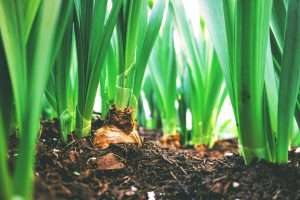
Flowering bulbs are truly a gardener’s best friend – they can help instantly brighten up any garden, providing an enormous variety of colours and blooms. When it comes to bulbs, it’s important to purchase good-quality specimens as they will create much healthier plants able to thrive for years with the right care. Although buying higher-priced bulbs may seem expensive at first, in the long run, it can save money as stronger plants will withstand colder climates, pests and diseases better than their cheaper counterparts. Investing in quality ensures that your garden blooms year after year!
When to plant spring flowering bulbs
Spring flowering bulbs should be planted in the fall when the soil temperatures begin to cool. It is important that planting is regularly timed according to the expected frost pattern in order to ensure that your plants have plenty of time to take root and bloom during spring. Planting times may also depend on your specific area, as some plants thrive better in warmer climates than others. Flowering bulbs come in a variety of shapes, sizes, and varieties with their blooming needs dependent on when you plant them.
When to plant summer flowering bulbs
If you want to make your garden look vibrant and colourful this summer, then consider planting some summer flowering bulbs! Flowering bulbs are great for novice gardeners as they require little effort but can provide a big impact. Planting them in early spring – usually around February or March – allows you plenty of time for the plants to mature and flower by the summer season. Make sure that you plant your bulbs in groups with several of each kind, as this will create a stunning display. Flowering bulbs are just as beautiful indoors too – why not keep a few indoor potted plants to give your home a lively touch?
Planting bulbs in pots
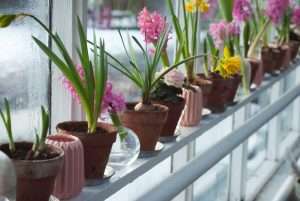
Planting flowering bulbs in pots can be a fun and easy way to update your garden – and with minimal effort, too! In just a few steps you can transform your outdoor space with the addition of plants like daffodils, tulips and alliums. Once planted in the pot, place it where they will get lots of sunlight; this helps promote the growth of these delicate flowers. You may not see blooms right away, but once they come up, you’ll have a beautiful display of vibrant colours that’s sure to last for years.
Choosing the perfect spot
Flowering bulbs are a great way to brighten up any garden, but it takes careful consideration to choose the perfect spot to bring out their full potential. You need to consider factors such as drainage, sunlight, and space. If you’re lucky enough to have an extra large garden, make sure to choose a spot that provides enough room for your flowering bulbs to grow and flourish.
Flowering bulbs will thrive best in an area that is well-lit in the morning and shaded during the hot afternoon hours. When it comes to drainage, you should opt for soil that has good aeration and won’t become waterlogged when it rains. Space is also important since root systems must grow sufficiently for each plant. With these considerations taken into account, your garden will be bursting with life when your flowering bulbs successfully take root!
Planting them deep enough
One of the most important aspects of planting flowering bulbs is to make sure they’re planted deep enough. Flowering bulbs must be planted at a significant depth, around 8-12 inches depending on the plant. If they are not buried that deep, they may end up missing out on the water or essential nutrients, which can prevent them from blooming properly. Additionally, planting the bulbs too deeply can cause their foliage to rot before it has a chance to grow out of the soil. Therefore, having an accurate understanding of the proper planting depth for your flowering bulbs is key to getting the best possible results!
Which way up should you plant a bulb?
Generally speaking, when planting most bulbs, it’s best to locate the flat areas of the bulb – these are usually several segments that look like a box – and point them downward so that when you cover them up with soil, they will be positioned upright. This positioning allows for proper root growth for the plants; otherwise, if planted upside down, the roots won’t be able to properly grow and support the bulb’s stems. With the correct planting procedure, you can enjoy striking colours from your flowering bulbs year after year.
How to prevent weeds
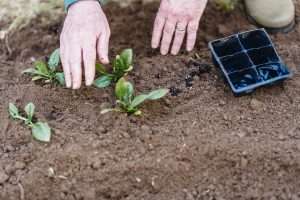
Weeds can be an unwelcome sight in any garden, but they can become a real problem when you’re growing flowering bulbs. To prevent weeds from taking over your bulb garden, start by removing any existing weeds from the area and then add a layer of mulch. This helps to suppress weed growth without smothering your bulbs or preventing airflow. Additionally, you should pay attention to the nutrient content in your soil; if it’s too rich in nitrogen, this could promote weed growth. Finally, make sure to keep the area around your bulbs well-watered and weeded – this helps to ensure that your flower bed remains clear and healthy!
How to protect your bulbs from pests and the elements
In order to keep flowering bulbs healthy and in bloom, you need to make sure they are protected from pests and environmental factors. Staying on top of mulching is a must; it helps keep the soil moist and guards against temperature extremes. Additionally, research common pests in your area, be vigilant and take necessary precautions if they show up. Pruning foliage is also important as dead plant parts can harbour all kinds of troublemakers like aphids, mealybugs or thrips. Staking taller plants will give them stability during windy days. All of these safeguards will ensure your bulbs stay vibrant and healthy for years to come.
Conclusion
Flowering bulbs are the perfect way to add colour and life to your garden, and with a little bit of planning, you can enjoy them for years to come. By following our tips on how and when to plant your bulbs, you’ll be sure to have a gorgeous display in no time. So what are you waiting for? Get out there and start planting!
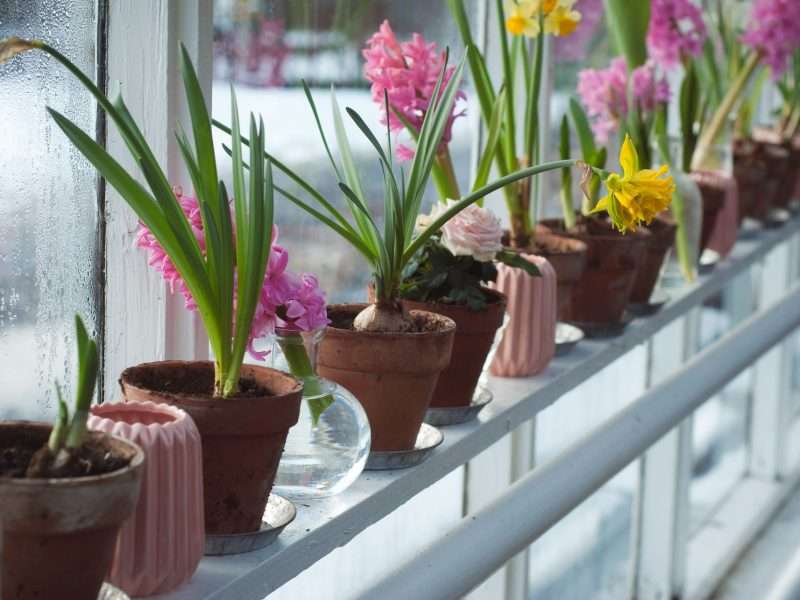

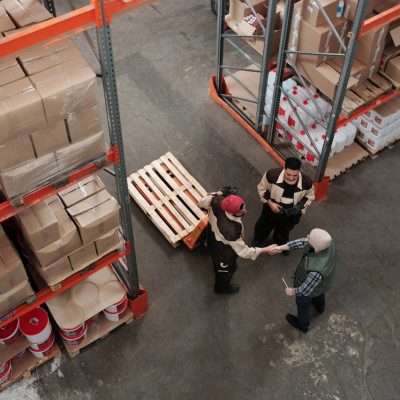
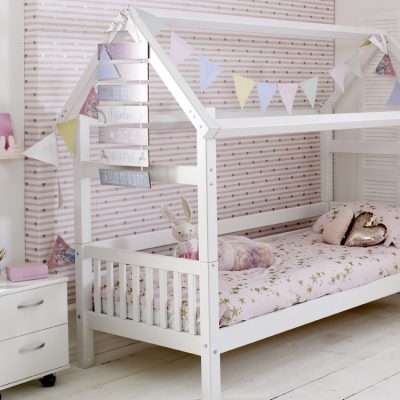

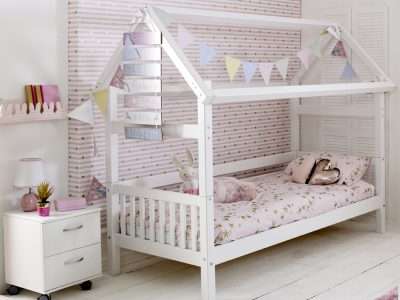
Comments